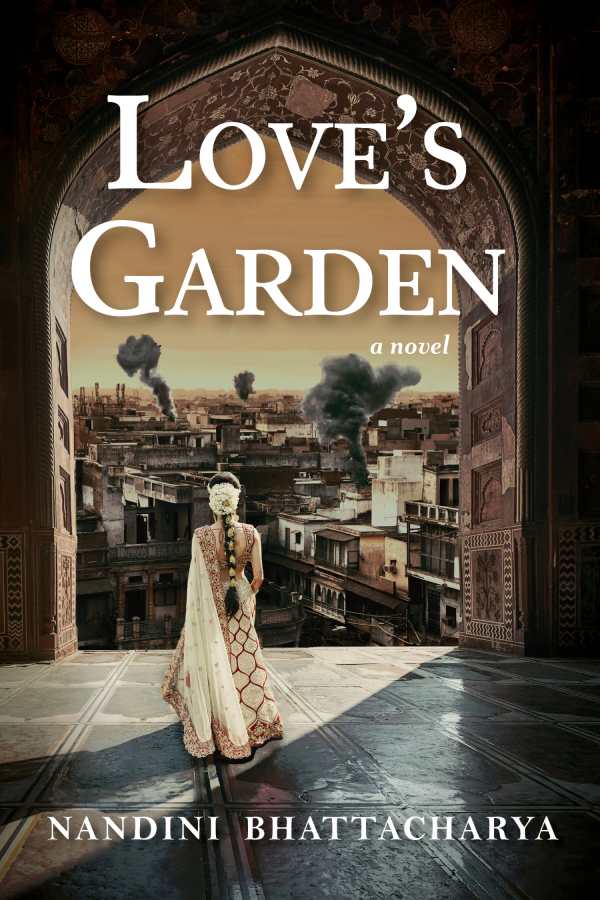Love's Garden
Love’s Garden is an expansive love story set during turbulent times.
Nandini Bhattacharya’s historical romance Love’s Garden witnesses India’s turbulent history at the turn of the twentieth century through the lives of one family.
In 1898, Britain has influenced India’s law to the extent that Saroj need not die when her first husband does. Nor is she forced to marry her brother-in-law against her wishes. Instead, she arranges to marry a rich older man, with whom she has one daughter, Prem. But Saroj is not able to forget her tormented past. She is a distant wife and mother.
As Prem grows up, she becomes close to the family’s servant, Kanan, who becomes her friend. Prem and Kanan pledge undying loyalty to one another. When Kanan marries, Prem takes it as a betrayal. Prem marries a rich older businessman; the union is a source of consolation, but it does not fill the void left by Kanan. Prem and Sir Naren raise three children, though only one of the children is their own. India’s civil war and two world wars almost break the family apart, but deep roots result in hope.
Within the story, Prem is made to personify Mother India. The plot follows her rich, diverse life. Caught between the lavish benefits of being married to an Anglophile husband and her desire to experience love that she never experienced with her mother, she exemplifies an internal battle for unity. “I tried” is her tired refrain.
Prem’s children, in turn, represent factions of Indian society without losing their individuality: Roderick has mixed blood and yearns for England. Harish develops nationalistic fervor laced with colonial entitlement. And Roma’s destructive tendencies show the anger of the masses. Secondary characters, including a Muslim singer, a British piano instructor, a teacher turned soldier and producer, and a Japanese American soldier, add depth and color to the family’s relationships. Women’s perspectives dominate, emphasizing marginalized sides of Indian history. Themes of abandonment and its emotional consequences result in soulful insights into India’s politics.
Prem has a special interest in India’s burgeoning movie industry, and this results in soap-opera-style drama as various personalities face off. Characters’ conversations are minimal and dignified, adorning the text like elegant gold jewelry. As in silent films: characters’ gestures and facial expressions, the ornate scenery, and brash behavior reveal the novel’s moods. Intimate words are often expressed in letters or as asides, showing the risk involved in speaking out.
Told over nine parts, the story’s tone is sweeping and epic. The narrative is divided into chronological chunks that focus on one character at a time. With so many threads, the writing becomes vine-like: twisting, curling, and overlapping itself, lush and organic, as it moves toward a climactic head during the civil unrest of the late 1940s. The pacing speeds up toward the end, wherein the chapters shorten and characters die, leaving a skeletal cast to bring the novel to an introspective, pastoral close.
Love’s Garden is an expansive love story set during turbulent times.
Reviewed by
Mari Carlson
Disclosure: This article is not an endorsement, but a review. The publisher of this book provided free copies of the book and paid a small fee to have their book reviewed by a professional reviewer. Foreword Reviews and Clarion Reviews make no guarantee that the publisher will receive a positive review. Foreword Magazine, Inc. is disclosing this in accordance with the Federal Trade Commission’s 16 CFR, Part 255.

